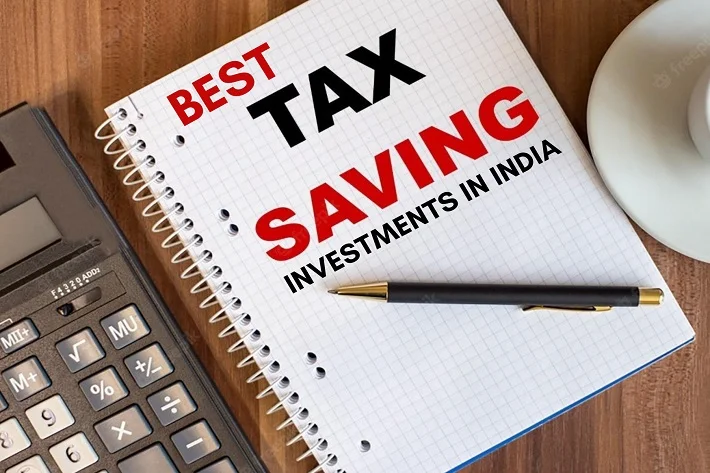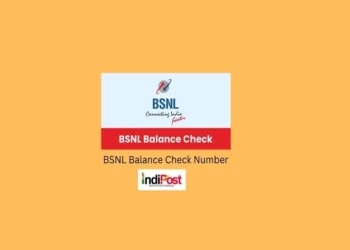Financial freedom is the best object money can buy. Having a solid financial foundation is a requirement for achieving financial freedom. When securing our financial future, sadly, many of us fail to consider this obvious but vital fact. The four pillars of personal finance are a good place to begin when laying a solid financial foundation because it takes time. No matter our income, overall wealth, lifestyle, debts, or investments, a fundamental framework encompasses us all.
By evaluating and comparing your four pillars, you can assess your financial well-being and net worth and develop a framework for managing your money. Your financial foundation will be sturdy when all four personal finance pillars operate effectively. The financial foundation will be solid if all four pillars are functioning correctly. Your finances require significant adjustments to put them back on track when the four pillars are out of alignment.
Also Read: Pros and Cons of Debt Management Plans
What is Personal Finance?
Personal finance refers to managing one’s money and financial resources to achieve financial goals and secure one’s future. It involves saving, budgeting, investing, and making informed decisions about income and expenses. Effective personal finance includes creating a financial plan, reducing debt, building an emergency fund, and investing wisely for long-term growth. It is essential for individuals to have a clear understanding of their financial situation, make informed choices, and work towards financial stability and security.
The Four Pillars of Personal Finance
Personal finance explains managing financial resources by saving, investing, and spending for short-term and long-term goals. You can learn personal finance pillars through experience and should be aware of them from a young age to avoid problems in the future; it is not something that is taught in school or that one can learn. For perfect financial planning, you must understand the four pillars of personal finance. Let us discuss personal finance pillars here in Detail:
1. Assets
Assets can be exchanged for cash, but the time depends on the type of asset. This includes current, fixed, tangible, and intangible, and operating and non-operating assets. For example, House is a tangible asset, and the stock is an intangible asset. In terms of liquidity, they are different; whereas shares can be quickly sold and converted into cash, a house may take a little longer.
One of the inputs and a contributor to net worth are assets. To calculate your current worth, list all your possessions and add them up. To achieve financial freedom, you must first have clarity regarding your various assets; that is why it is the first of the four pillars of personal finance. Assets include real estate, bonds, mutual funds, gold, silver, antique artifacts, land, commercial space, liquid cash, and fixed deposits.
One of the strongest pillars of personal finance is the assets. Why so? This is the only element that provides you with substantial financial support, which explains why. If you have fewer liabilities than assets, your net worth will increase. The majority of assets gain value over time on their own. Some are transient, while a select few could be long-term. For instance, a house might take longer to appreciate than shares, but shares might increase in value quickly. Everything is dependent on the nature and class of the asset.
2. Liabilities
Liabilities means the money you owe to other people. We get into debt because we need to learn how to manage our debt. All accounts payable are included in liabilities, which are the opposite of assets—for instance, student loans, credit cards, payable bills, mortgages, and other debts. Additionally, the interest on all these liabilities will be considered liabilities.
The second of the four pillars of personal finance, “Liabilities,” isn’t always a bad thing! Primarily when it’s used to build an asset like a house or educate yourself. You should always set an upper limit when considering debt as a possible funding source. Designing a debt reduction strategy that will enable you to gradually pay off your debts while accumulating assets over time is the best action after you have identified all your liabilities.
3. Income
Income is the most essential pillar of personal finance. This is the total amount of money one makes over a certain period. Either monthly or yearly calculations are possible. Keeping track of your income and expenses will help you reach short-term objectives, even though a monthly calculation is advised to manage the cash flow. Income can be divided into two categories: discretionary income and disposable income.
Let’s clarify what each term means. The money still available after paying the government’s taxes is known as disposable income. This money covers the expenses we have daily. After covering the basics, discretionary income is what is left over. So, discretionary income is calculated as income minus disposable income. To avoid making unnecessary purchases, you should use this income wisely.
Increase these personal finance pillars as much as you can. Consider adding more passive income sources in addition to active ones. You can start a blog or freelancing, like teaching. Investments to get rental, interest, capital gains, etc., can also generate income for you. Only if you are creative can you explore the many options available. A second source of income plan ensures that your balance sheet is always positive and increases your net worth. So start looking into new sources! Making these pillars of personal finance strong helps you to attain a better plan for your finances.
4. Expenses
Expenses are the last of the four pillars of personal finance, meaning cash outflow. An expense is any money spent over a certain period that won’t result in revenue. To keep our daily operations running, expenses are required. To avoid overspending, it is advisable to always keep track of your monthly expenses.
The only way to compare the estimated and actual amounts is to keep track of your expenses. It can be not easy to keep track of your monthly spending. To achieve the same result, use an application. To prevent unnecessary costs, use credit cards sparingly. Use coupons, offers, discounts, and other incentives when making purchases. Try creating a fund for unplanned or unexpected expenses to avoid affecting your savings.
These pillars of personal finance determine how financially stable you are; the higher the expense, the lower the savings, and vice versa. Consequently, you must keep personal finance pillars under control and perform regular checks on them to establish a solid financial worth. As they say, “A penny saved is a penny earned.”
The assets and liabilities will automatically align once the income and expenses are in check. You can evaluate your situation and plan for your long-term goal by focusing on all four components. Short-term successes are the only way to achieve long-term objectives. Create a plan and a strategy for financial independence today. A small step can go a long way toward helping you retire and achieve financial freedom on schedule.
Conclusion
How does your financial situation stand up after carefully examining your assets, liabilities, income, and outgoings? Is it healthy? Understanding and creating a budget is simpler when your four pillars are all in one place. When the pillars of personal finance are combined, you’ll soon be on your way to financial freedom.
What Are the Four Pillars of Personal Finance – FAQs
My income is good, but I need more cash at the end of the month. What should I do?
Ans. If you are earning well, you must plan your finances according to the personal finance pillars. You will surely see the difference.
Can I invest in my retirement plan?
Ans. Yes, investing in a retirement plan is a good thing. Various financial companies offer various investment options for your retirement planning.
Can I take a loan for building a house?
Ans. A loan for buying or building your house is not bad because it helps you accumulate an asset in return for liabilities.



















